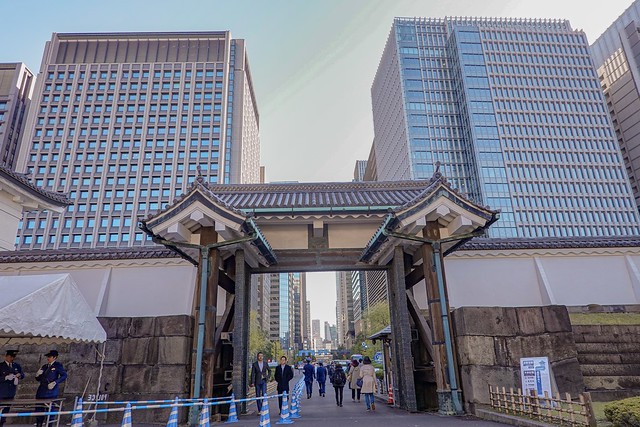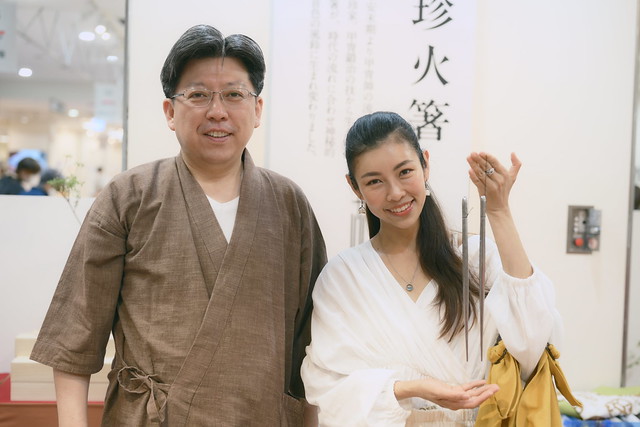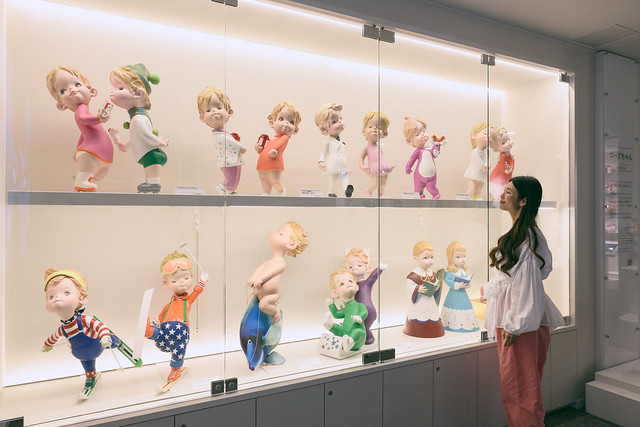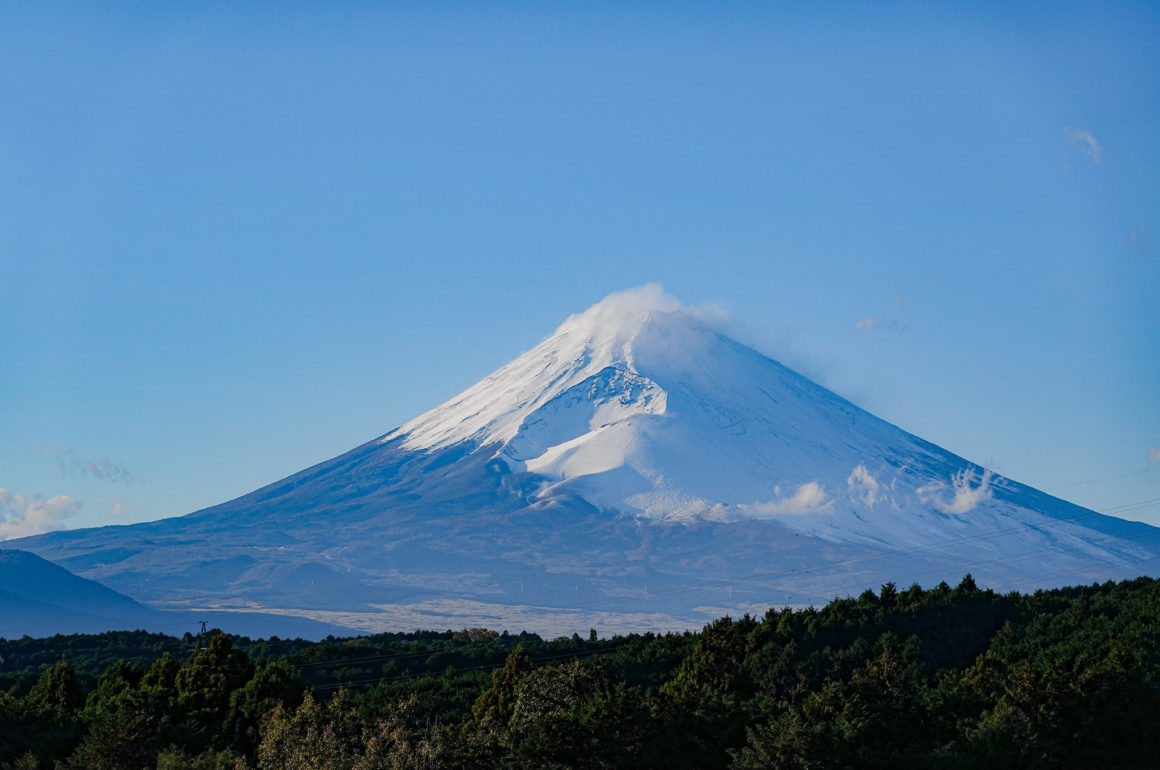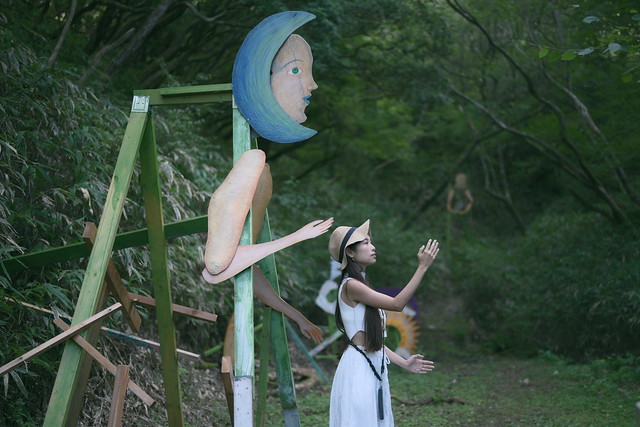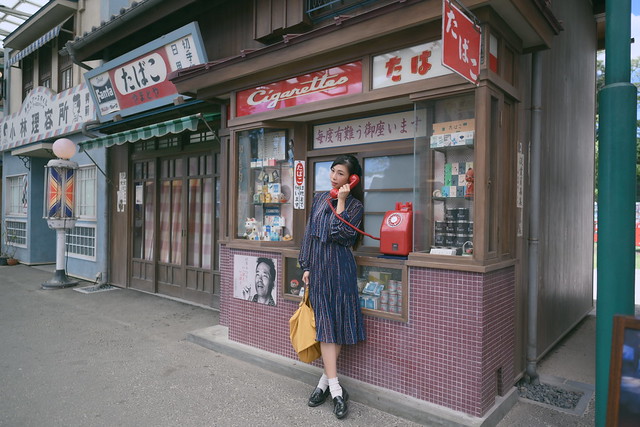
Welcome to Tokyo!
Today we are slipping back in time to Edo period to explore the yesteryears of Tokyo that shaped what it has become today, a dazzling sophisticated mega city. And! We going to do that all in the comfort of a taxi.
What is a Tokyo Sightseeing Taxi?
In short, Tokyo Sightseeing Taxi is a door-to-door service that will pick you up and drop you off (within the 23 wards and Tama area) wherever you want touring all of Tokyo, with a professional English-speaking driver-guide that makes your traveling around greater Tokyo a comfortable bliss!
If you haven’t, read my previous blog posts on Tokyo Sightseeing Taxi and what it is all about.
Today, to understand my favorite city of the world, we are going to tour the ruins of Edo Castle and discover the history and and culture of Edo-Tokyo before feasting on ancient Edo gourmet while ending it with a rather spiritual tea ceremony.
Let’s go!
PICK UP

As usual, my driver picked me up from my accommodation at our agreed meeting time. My driver today is named David, a Japanese grew up in America and returned to home country who speaks native English. He’s eager to help and attended to every little small detail with great hospitality!
East Gardens of the Imperial Palace 皇居東御苑
The first stop is the East Gardens of the Imperial Palace – where the Edo Castle, the residence of Tokugawa shogunate, used to be. Most of the castle was gone, but the foundation and moat still remains.
As you may have already known, Japan has entered a new era “Reiwa” with the enthronement of its new emperor, and the imperial palace garden has soon become a hot pick of sightseeing spot in Tokyo.

Can you believe it? This was how Tokyo looked like hundreds of years ago, and they still tried to preserve it for visitor to get a taste of old Edo.

David explaining to me that this is one of the “guard houses” of the Edo Castle, one of the few structures that remains until today.

Fall is my favorite season to tour a Japanese garden!

You have to come here to see for yourself the garden in its autumn splendor.
Admission: FREE
Website: http://www.kunaicho.go.jp/e-event/higashigyoen02.html
Edo-Tokyo Museum 江戸東京博物館

I can’t believe it is my 61st time to Japan and I have not been to this museum!

Honestly, I don’t know how to make of this museum’s appearance as I think it is pretty strange-looking and a bit of a quiz in itself, even after I was told that it is supposed to represent an Edo warehouse.
However the museum is truly impressive and I enjoyed every bit of my tour through time in this condensed illustrated history of Edo-Tokyo and how it became the captivating world-class city it is today.

It is spacious. Waaaaaay too much space sitting in the middle of Ryogoku district of Tokyo.

The almost space-ship lookalike entrance to a journey to understanding the city deeper by observing period streetscapes and lifestyle.

Here you learn everything there’s to know about how Edo progressed into the Tokyo it is today – transition of architecture, culture heritage, important current affairs, and of course daily life of the townspeople, including comparison of a household expenses of Edo period and modern days, electronic goods, education, interior of a typical residential home and more.

Figure of one of the most important people who shaped Japan’s history – Tokugawa Ieyasu.

I guess Tokyo is really proud of its kabuki culture that a large extension of the exhibition is dedicated to kabuki-related affair.

Such as this kabuki floral arrangement.

Can you believe it? There are actually life-size models of important buildings such as this Chouya Shimbun, a newspaper publisher in Meiji era located in Ginza.

I also loved the cultural exhibitions such as this miniature Kanda Matsuri – one of the 3 most celebrated festivals in Tokyo.

A mini inari shrine.

Take a peek into the houses of the Japanese in the past and understand how they lived.
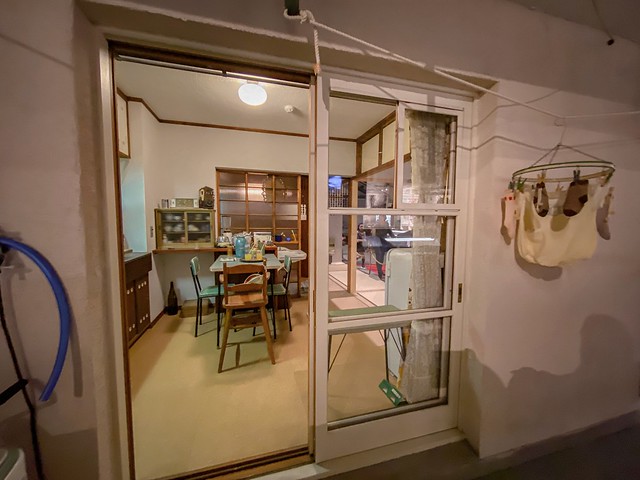
A typical house in the Showa era (1926-1989).
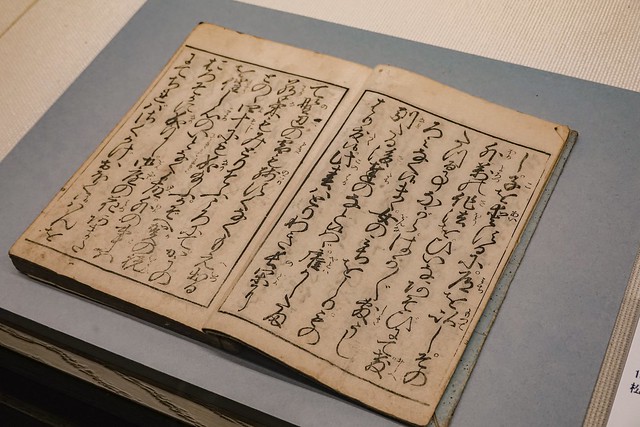
Text book in the past.
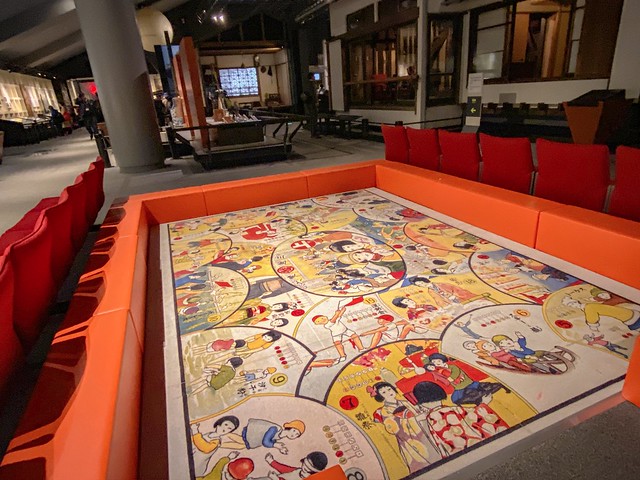
Even the kids learn a thing a two about games being played by previous generations, while they take a rest at this cute little play area.

There are countless of surprises for you to discover, too many for me to share here so I’ll leave the fun for you discovering them by yourself.
Totally recommended if you have a couple of hours to spare during your stay in Tokyo!
Admission: JPY600
Website: https://www.edo-tokyo-museum.or.jp/en/
Ryogoku Edo Noren

Based on the concept of “Enjoy Edo-style cuisine”, this former Ryogoku Station – famed for its sumo related affair, has been transformed into a shopping and resturant complex houses 12 different restaurant offering classic Edo food.
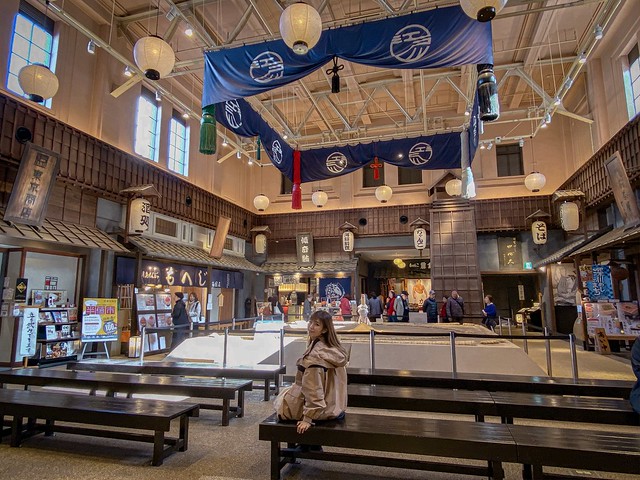
There’s even a real full-size 土俵 (sumo ring) where wrestlers occasionally do perform!
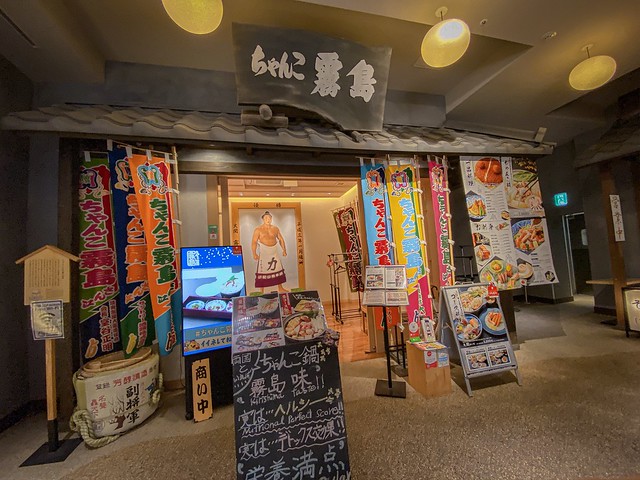
Here you can find the most iconic sumo food – Chanko Nabe.
There are also restaurants serving Monjayaki, Edomae sushi, tempura, soba and more.

I was in the mood for Oyakodon and here’s my lunch.
Website: http://www.jrtk.jp/edonoren/
Nezu Shrine 根津神社

After ryogoku, we were supposed to head straight to Yanesen for a tea ceremony but I had some time to spare so I requested David to drop me off at one of my favorite shrine in Tokyo – Nezu Shrine. Underrated and waaay quieter than other famed thousand vermillion torii gates, the inari shrine at Nezu is spendid, too.
Yanesen (谷根千)
Yanesen is actually the combined name of 3 different areas in Bunkyo and Taito ward – Yanaka, Nezu, Sendagi (谷中・根津・千駄木), where you get the best of Tokyo’s shitamachi (old downtown) vibe.

At Yanaka Ginza’s stairway, one of the most iconic spots of this retro little town full of yesteryear charms.

This off the beaten tourist path is worth a whole blog post itself, but I’ll leave that for another day. Today we are going to delve a little into this culture-packed little atmospheric old town by engaging in a traditional activity – sado (茶道 -tea ceremony).
Head to the Yanesen Tourist Center to find out all the traditional culture experience that floats your boat. If sado is not your cup of tea (sorry can’t resist the pun), there’s also calligraphy, ikebana flower arrangement, Iaido, taiko experience and more.

I was lead to 宗柊庵(So-shu an), the tea house where I will be experiencing true sado.

This isn’t my first time trying sado, but I am as every bit as I am the first time. First you are taught to enter the tea room that is purposefully made very very tiny with a very tiny little door, as guests will have to bend over to enter as a sign of humility.

You are also taught to appreciate every single little thing that is prepared to please the guest (you) by the tea master, including the scroll, the decorative flowers, and the meaning behind it. Passing of seasons play a very important role in tea ceremony.

And then the real deal begin. If you have observed one you would already have known – the process is very silent – almost solemn. Typically there’s no exchange of words or conversations except for when you are supposed to – to signify the host to start the ceremony, to indicate that you are done and express gratitude to the host, etc.

You are then taught the simple steps of preparing the tea yourself, and also to take the time to observe and appreciate the bowl that is served to you.
To be honest, the first few times I joined a tea ceremony, I had no idea why it has to be done in such a tedious, rigid and complicated manner, and why can’t it just be more casual and relaxed.
But after watching the movie “日日是好日” (Every day a good day) starred by the recently deceased famed actress Kirin Kiki and award winning actress Kuroki Haru, I think I started to grasp the idea of why many people find solace in the meditative art of Japanese tea ceremonies.
This time around, I was able to focus on just the sound of the tea master dripping boiled water with the wooden ladle over the tea cup. The next time I should be able to have telepathic conversations with my host, I shall expect. Just kidding.
Fee: JPY6000
Website: https://ti-yanesen.jp/
GOOD BYE

Of course, David waited for me and picked me up after the last activity on my itinerary, and send me safely back to my accommodation.
One of the best things about Tokyo Sightseeing Taxi is that, you don’t have to worry about wasting all your time getting stuck in traffic or finding a parking space in the busy city. Just hop on and hop off as you go on with your itinerary to see more of Tokyo with more time on your hand.
A few FAQ:
1.Do I need to reserve my Tokyo Sightseeing Taxi?
Yes, you will need to make a reservation and you can either do so by calling in or book online or by email, depending on the taxi company. Check them out here.
2. Must I follow the course or can I plan my own itinerary?
You are absolutely free to pick the course for easy reference or customize your own itinerary.
3. How is the fare calculated?
It is generally based on the duration used during your trip but certain taxi companies do provide fixed-price courses so do check with them!
I have yet another course with Tokyo Sightseeing Taxi during my stay in Tokyo so please wait for my final blog post. ^^
Meanwhile, if you are keen to explore Tokyo hands-free, fuss-free with all the extra comfort and safe guarded by your experience driver-guide, check out Tokyo Sightseeing Taxi!
http://www.taxi-tokyo.or.jp/english/kanko_taxi/
You can also check out the below URL for the model course for useful reference ^^
TOKYO SIGHTSEEING TAXI MODEL COURSE
The itinerary of this post is Model Course 4.
This post is supported by Tokyo Metropolitan Tourism Taxi Promotion Project.


